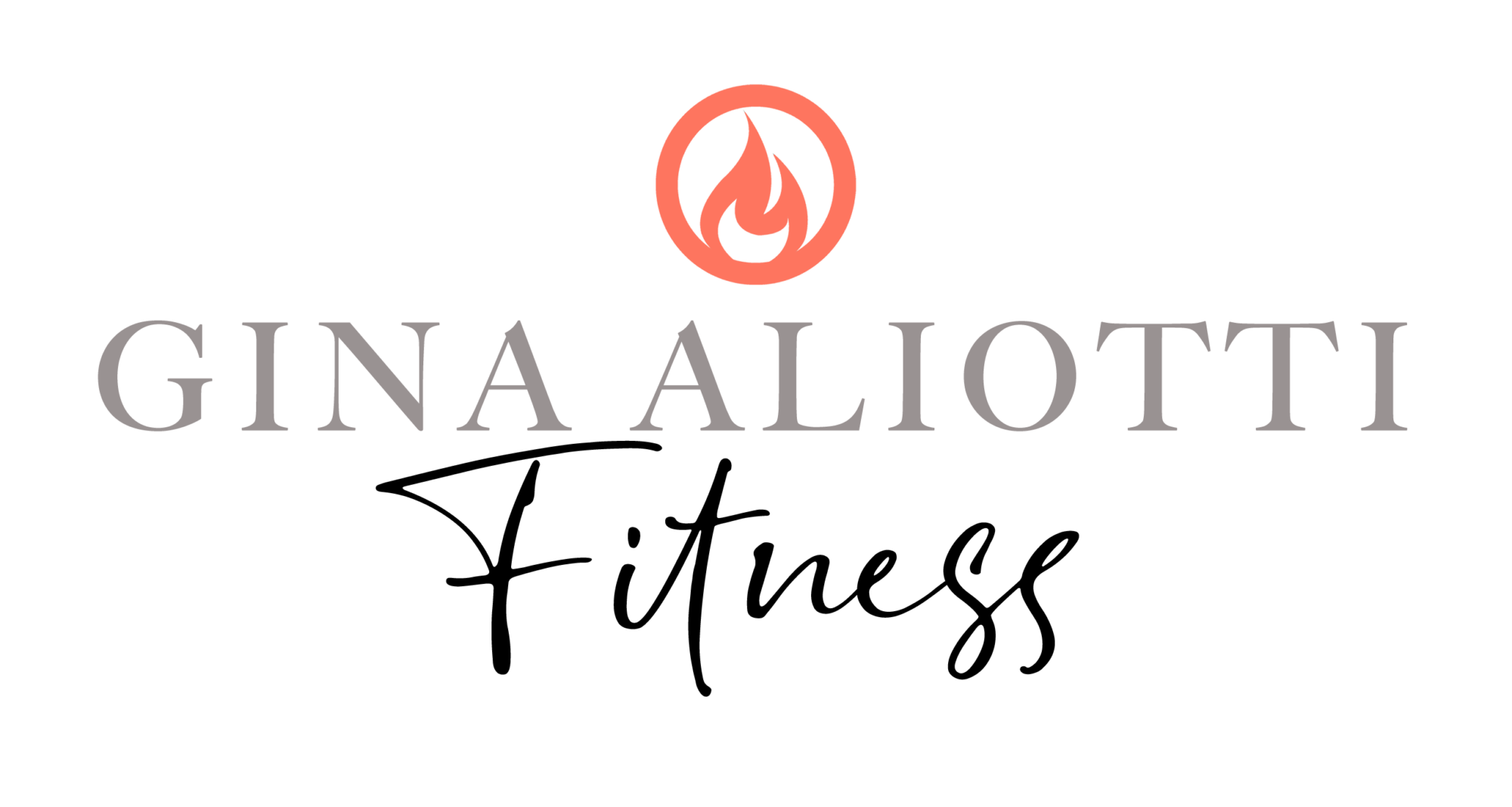If you haven’t heard about intermittent fasting (or IF), chances are you’ve practiced it by skipping the occasional breakfast or eating dinner early and thereby shortening your eating window. What makes intermittent fasting so appealing is that “you only have to change when you eat, not what you eat,” says Melanie Avalon, host of The Intermittent Fasting Podcast.
RELATED: 5 Common Intermittent Fasting Mistakes + How to Avoid Them
The Immunity Diet
We’ve heard so much about the importance of immune health this year, but there’s lots more we can do to give our body support beyond just the basics of washing our hands. Building a strong immune system is critical. The typical American diet can lead to micronutrient deficiencies in Vitamins A, B, C, D, and E, as well as in the minerals copper, iron, selenium, and zinc — all associated with an imbalanced immune system.
A diet rich in antioxidants from fruits and vegetables; fiber-rich foods such as nuts and seeds; and probiotic-rich foods such as sauerkraut, pastured yogurt, and other fermented foods like kimchi and kefir is your best bet for supporting a strong body. Additionally, garlic, ginger, cilantro, lemon, apple cider vinegar, elderberries, and thyme have all been shown to come with impressive benefits.
Finally, make sure to get plenty of sunshine to enhance your Vitamin D levels. Dminder is a wonderful app that tracks the sun in your location and sends you notifications at the best time of the day to get your sun exposure to optimize your Vitamin D intake. There are also some great vitamin D-rich food sources to consider such as salmon, sardines, and egg yolks.
The Hormone Balancing Diet (for women)
Alissa Vitti, the author of “WomanCode” and “In the FLO,” promotes eating specific foods in sync with the four phases of your cycle to enhance your female hormones and encourage weight loss. According to Vitti, “the beauty of a cyclical diet, is that eating phase-specific foods that support your hormones also helps you eliminate PMS, protect fertility, achieve and maintain a healthy weight, have clearer skin, experience easier periods, improve moods and boost energy.”
For example, in the follicular phase of menstruation when your appetite is most suppressed, your body can best handle a reduction in calories that can help with weight loss in the first half of your cycle. This is also a good time to enhance physical activity such as HIIT training and eat sprouted and fermented foods that promote estrogen metabolism. While in the luteal phase, your body needs more calories (approximately 200-300 kcal), mood-boosting foods that stabilize blood sugar, and fiber from greens and grains to flush out excess estrogen from the body.
The Paleo Diet
This celeb diet refers to the Paleolithic era where hunter-gatherers favored foods such as berries, nuts, and wild-caught animal meat and fish. As cavemen picked and ate what naturally grew in the wild, it is likely that they did not consume grains, legumes, dairy, sugar, or alcohol.
The Paleo Diet also encourages the consumption of whole foods, while eliminating inflammatory processed and packaged foods. If a food occurs in nature, like an animal or a plant that can be picked and easily eaten in its whole form, it is probably Paleo. Many people like this approach because there are no macronutrient or calorie recommendations.
The elimination of grains and legumes makes it naturally low in carbohydrates while allowing for fruit consumption, preferably berries. Nuts, seeds, and other proteins, such as collagen peptides, are also main staples of the diet.
The Keto Diet (And its many variations)
The standard keto (or ketogenic) diet has been tweaked constantly throughout the years to include a generally high-fat (75%), moderate-protein (20%), low-carb (5%) diet. This high-fat diet can be very filling and can switch the body from burning carbs (glucose) to burning fat (ketones), but it is very low in carbohydrates and thus makes it more difficult to sustain long-term.
These restrictions, and the laborious tracking of macros, has caused people to seek different forms of the keto diet that still reduce carbs and allow the body to enter ketosis.
The Carnivore Diet is a modified keto diet allowing for more protein throughout the day. Many like this high-protein keto approach because it allows for fatty cuts of meats as well as small amounts of dairy.
The BulletProof cyclical keto approach claims to reduce the harsh side effects of keto (like keto flu, insomnia, and fatigue) by following a normal ketogenic diet for five-to-six days, and then increasing carbs to 150 grams during what is called a “carb refeed” the other one-to-two days of the week.
The Keto-lite approach uses higher protein, moderate fat, and low sugar (<4g total carbs minus fiber) and encourages the use of low carb gluten-free foods.
The Targeted Keto approach allows for increased carbohydrates around increased activity like a workout.
The Flexitarian (plant-based) Diet
A vegan diet that eliminates all animal products, including meat, fish, dairy, eggs, and honey, is likely to gain popularity for many years to come for ethical and environmental reasons. But for those interested in plant-based diets for health reasons, the Flexitarian approach may be right for you. It involves eating a majority of plant-based foods (>90%) while still consuming animal products from time-to-time.
Registered dietitian nutritionist Dawn Jackson Blatner created this approach with the words flexible and vegetarian in mind. This method actively decreases meat consumption which can provide weight loss and health benefits. This is also a great approach for vegans and vegetarians who have experienced nutritional deficiencies, or anyone wanting to eat more plant-based without the restrictions. Plus, eating meat as a garnish versus a main staple on your plate makes this diet more practical — and therefore more likely you’ll stick to it.
Intuitive Eating
Finally, for those of us who have had enough of experimenting with popular diets and restrictions, there is Intuitive Eating. The Intuitive Eating program is not actually a diet but rather a mind-body approach, created by two registered dietitians, Evelyn Tribole and Elyse Resch, that promotes making food choices that honor your health and taste buds, while still listening to your body’s signal for fullness and recognizing triggers for emotional eating.
Diet culture has many of us disconnected from our bodies and our own abilities to nourish ourselves by honoring our hunger and innate wisdom. This style of mindful eating is inclusive to all foods and teaches you how to assess, not suppress hunger, and enjoy food.
Finding What Works Best For You in 2021
The good news is that there will never be a shortage of diets, but your personal work is to find which eating approach works best for you and your body, while keeping in mind that weight loss is multifactorial — it depends not just on diet but on sleep, exercise, hormones, inflammation, gut microbiome, and genetics.
With many people rediscovering cooking during the pandemic, eating from scratch will definitely be a trend that continues into 2021. Planning and preparing your own meals will give you a leg up and set you up for success. But no matter your diet, balance, and commitment are the keys to ensuring results.

